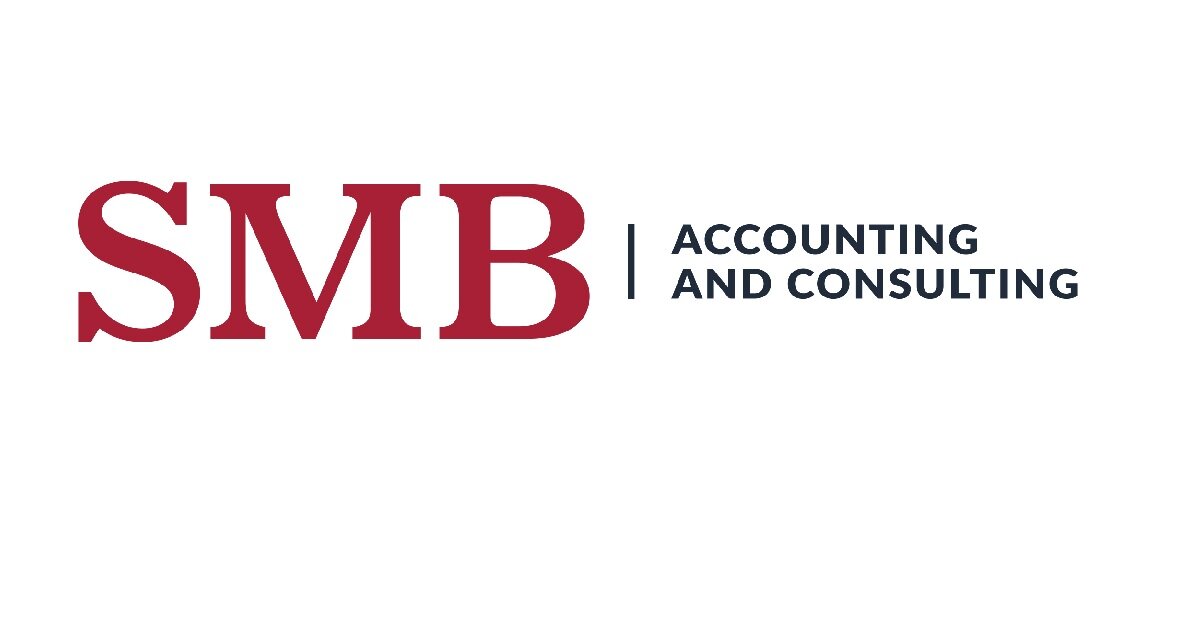Common Accounting Mistakes: Government Edition – Issue #3 Policies and Procedures
Policies and procedures are a formalized way of defining how a company chooses to run their business. They may not be written down or overly detailed, but even the smallest companies have their own way of doing things. When working as a government contractor, these processes and policies need to be written, reviewed, and updated regularly to ensure compliance with the company’s own requirements, and the accounting standards demanded of contractors spending tax dollars. Accounting policies and procedures can reach into almost every department, area, or responsibility, so they need to be communicated and monitored often.
If there is ever an audit by DCAA of the accounting system or any portion of it, the policies and procedures will be reviewed. Since these policies are viewed and the company’s own rules, it is exceptionally egregious to be non-compliant. Many of these policies are based on other requirements, such as the Federal Acquisition Regulation (FAR) or Generally Accepted Accounting Principles (GAAP). These are specialized areas with which many employees may have little to no familiarity. Implementing formal policies provides employees with a reference if there are any questions. It also provides the company with a basis for corrective action if employees are not complying.
Many people ask, “what written policies and procedures do I need to have?” The answer varies significantly depending on the business structure, industry, and methods for running the business. There are policies relating to employment, compliance, accounting, quality control, and ethics, to name a few. From an accounting standpoint, some common areas requiring written policies and procedures are purchasing, timekeeping, and the process for determining indirect rate pools.
Written policies and procedures are a core part of business management, regardless of government contracts. They are part of the tone at the top that establishes what is important, and the areas that are meaningful for the company. They can be seen as cumbersome and inflexible by some, but overall, they limit risk and provide a road map for how things are handled within the company.

